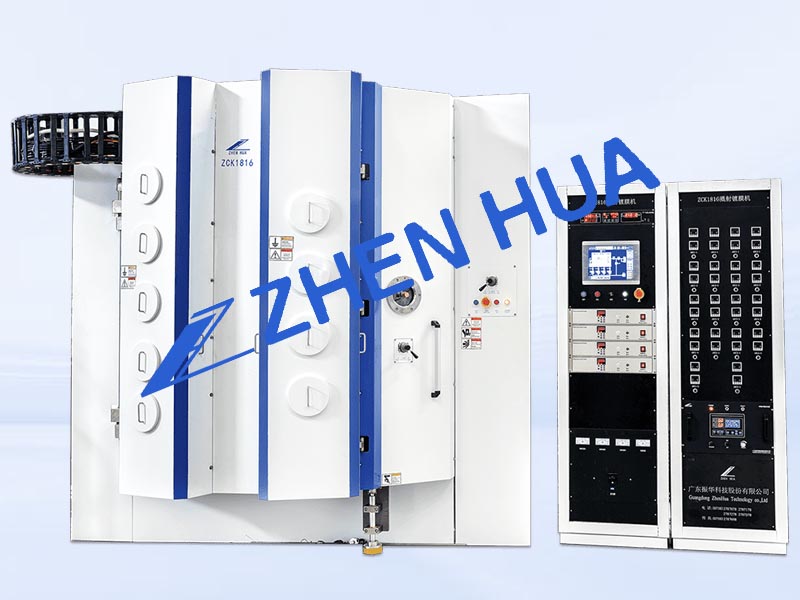1. Type of film in information display
In addition to TFT-LCD and OLED thin films, the information display also includes wiring electrode films and transparent pixel electrode films in the display panel.The coating process is the core process of TFT-LCD and OLED display. With the continuous progress of information display technology, the performance requirements of thin films in the field of information display are becoming more and more strict, requiring accurate control of parameters such as uniformity, thickness, surface roughness, resistivity and dielectric constant. 1. Type of film in information display
In addition to TFT-LCD and OLED thin films, the information display also includes wiring electrode films and transparent pixel electrode films in the display panel.The coating process is the core process of TFT-LCD and OLED display. With the continuous progress of information display technology, the performance requirements of thin films in the field of information display are becoming more and more strict, requiring accurate control of parameters such as uniformity, thickness, surface roughness, resistivity and dielectric constant.
2. Size of flat panel displays
In the flat panel display industry, the size of the glass substrate used in the production line is usually used to divide the line.In production, large-size substrate is usually produced first and then cut into the size of the product screen. The larger the size of the substrate, the more suitable for the preparation of large-size display.At present, TFT-LCD has been developed to be suitable for the production of 50in + display 11 generation line (3000mmx3320mm), while OLED display is developed to be suitable for the production of 18~37in + display 6 generation line (1500mmx1850mm).Although the size of glass substrate is not directly related to the final performance of the display product, large size substrate processing has higher productivity and lower cost. Therefore, large – size panel processing has been an important development direction of information display industry. However, large area processing will also face the problem of poor uniformity and low excellent rate, which is mainly solved by upgrading process equipment and improving technology.
On the other hand, it is necessary to consider the bearing temperature of the substrate during the processing of the information display film. The reduction of the process temperature can effectively expand the application field of the information display film and reduce the cost. At the same time, with the development of flexible display devices, flexible substrates that are not resistant to high temperature (mainly including ultra-thin glass, soft plastics and wood fibers) have more stringent requirements for low temperature technology. Currently, the most commonly used flexible polymer plastic substrates are generally able to withstand temperatures below 300℃, including polyimine (PI), polyaryl compounds (PAR) and polyethylene terephthalate (PET).
Compared with other coating methods, ion coating technology can effectively reduce the process temperature of thin film preparation, the information display film prepared has excellent performance, large area production uniformity, can meet the needs of display devices, high excellent rate, so ion coating technology is widely used in information display film industrial production and scientific research. Ion coating technology is the core technology in the field of information display, which promotes the birth, application and progress of TFT-LCD and OLED.
Post time: May-25-2023


